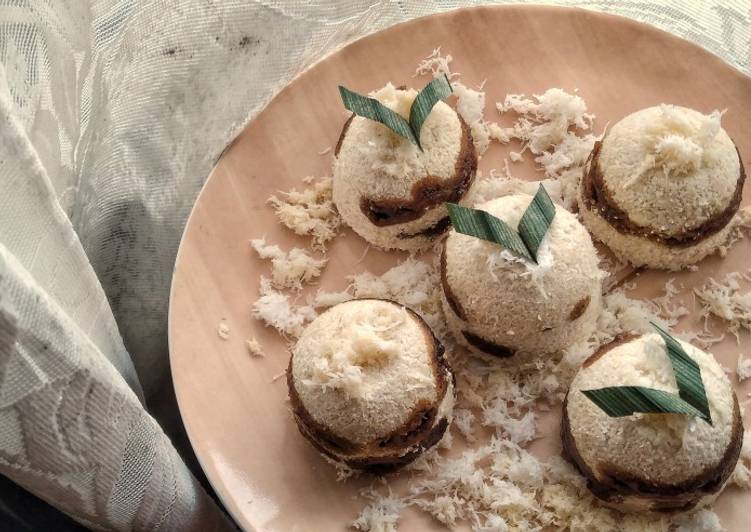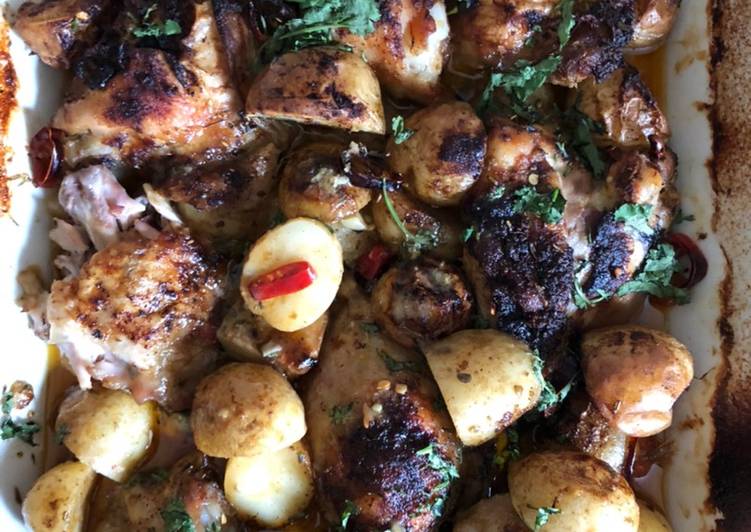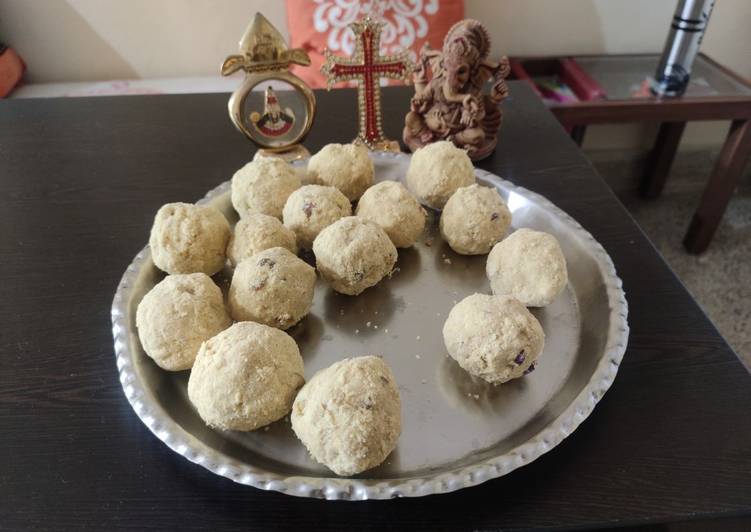
Hey everyone, it’s Louise, welcome to my recipe site. Today, I’m gonna show you how to make a special dish, awug / traditional steamed rice flour and palm sugar cakes. One of my favorites. For mine, I am going to make it a bit tasty. This will be really delicious.
Awug / Traditional Steamed Rice Flour and Palm Sugar Cakes is one of the most popular of current trending foods in the world. It’s easy, it is fast, it tastes delicious. It’s appreciated by millions every day. They’re nice and they look fantastic. Awug / Traditional Steamed Rice Flour and Palm Sugar Cakes is something that I have loved my entire life.
It's of Steamed shredded coconut for topping. Awug / Traditional Steamed Rice Flour and Palm Sugar Cakes instructions. The mix the rice flour with the sugar, coconut and salt. Great recipe for Awug / Traditional Steamed Rice Flour and Palm Sugar Cakes. #Steamed Another steamed cake I made last week.
To begin with this recipe, we must first prepare a few ingredients. You can cook awug / traditional steamed rice flour and palm sugar cakes using 8 ingredients and 11 steps. Here is how you can achieve it.
The ingredients needed to make Awug / Traditional Steamed Rice Flour and Palm Sugar Cakes:
- Take 300 grams rice flour
- Take 250 grams shredded coconut
- Make ready 1 tsp salt
- Get 2 tbsp sugar
- Prepare 3 pandan leaves, cut in a few parts
- Take 200 hrams of finely chopped palm sugar
- Get 5 tbsp hot water
- Get Steamed shredded coconut for topping
Steamed Rice Cake with Palm Sugar at Traditional Haig Road Putu Piring (Netflix's Street Food) Street food is gastronomic magic that opens gates to understand people and cultures. Just like I shared way back in the Paddy's Market (Sydney) post , I remember hearing a travel show host mention that the best way to discover a destination's. Rice flour, sugar, and yeast are the only ingredients you need to make bai tang gao (白糖糕), or Chinese steamed rice cake. It must have been more than a decade since I last sink my teeth into a piece of 白糖糕 bai tang gao - steamed rice cake.
Steps to make Awug / Traditional Steamed Rice Flour and Palm Sugar Cakes:
- Steam the rice flour in a steamer for about 20 minutes. Take it out.
- The mix the rice flour with the sugar, coconut and salt. Mix evenly. Splash some hot water on top then mix again. Don't add to much just enough until the rice flour becomes crumbly.
- Heat the steamer and prepare for the moulds. I used mini pudding moulds for these. Then coat them thinly with some oil.
- Take one mould, put 1 tbsp of the rice flour mixture. Add the shredded palm sugar and pandan leaves then top again with the rice flour mixture. Push softly. Do it until everything is finished.
- Put them in the steamer and steam until cooked through for about 30 minutes.
- Take them out of the steamer. Then take them out of the moulds.
- Enjoy while it is warm with a cup of hot coffee or tea.
- Add some more shredded coconut. Decorate with some pandan leabes if you'd like.
- This is "aseupan".
- This is "seeng".
- Traditional awug.
Rice flour, sugar, and yeast are the only ingredients you need to make bai tang gao (白糖糕), or Chinese steamed rice cake. It must have been more than a decade since I last sink my teeth into a piece of 白糖糕 bai tang gao - steamed rice cake. Since both sets of my grandparents are Cantonese, I grew up eating tons of this soft and chewy cake. Sift the rice flour twice, then add sugar and sift once more. When the water boils, place a wet cloth or cheese cloth over the rack and put the cake ring on top.
So that’s going to wrap it up with this special food awug / traditional steamed rice flour and palm sugar cakes recipe. Thanks so much for reading. I’m confident that you will make this at home. There’s gonna be more interesting food at home recipes coming up. Remember to save this page in your browser, and share it to your loved ones, friends and colleague. Thanks again for reading. Go on get cooking!

